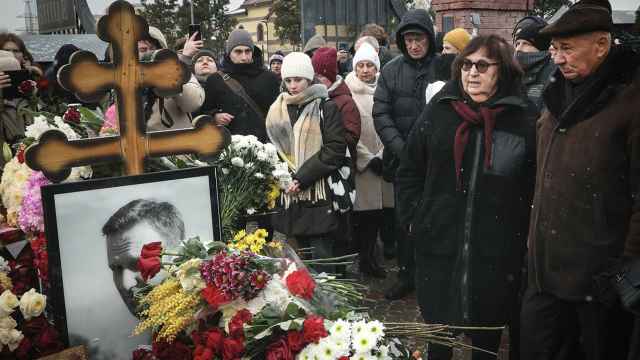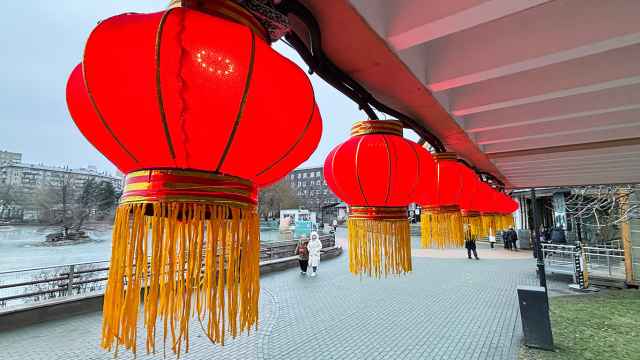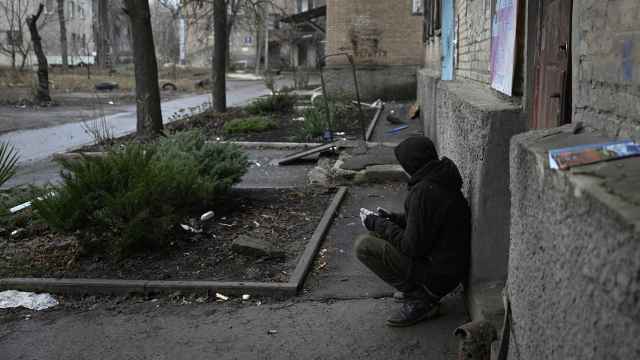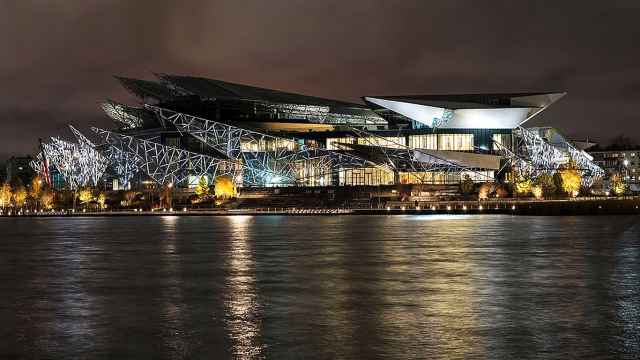In Photos: Russians Welcome Winter's End with Maslenitsa Festivities
People in Russia heralded the end of another cold winter as Maslenitsa festivities took place across the country this weekend.
Maslenitsa, which is rooted in ancient Slavic tradition, involves the burning of effigies, wearing traditional costumes, singing and dancing.
But most important is the cooking and eating blini, a thin, crepe-like pancake that symbolizes the arrival of the springtime sun. For this reason, Maslenitsa is often called Pancake Week by English speakers.
The week of Maslenitsa also takes place before the start of Lent for Orthodox Christians, meaning it is the last chance for more devout Russians to take part in parties, dancing and other festivities before the Lenten season.
Here's a look at this year's festivities:
Maslenitsa, which is rooted in ancient Slavic tradition, involves the burning of effigies, wearing traditional costumes, singing and dancing.
But most important is the cooking and eating blini, a thin, crepe-like pancake that symbolizes the arrival of the springtime sun. For this reason, Maslenitsa is often called Pancake Week by English speakers.
The week of Maslenitsa also takes place before the start of Lent for Orthodox Christians, meaning it is the last chance for more devout Russians to take part in parties, dancing and other festivities before the Lenten season.
Here's a look at this year's festivities:
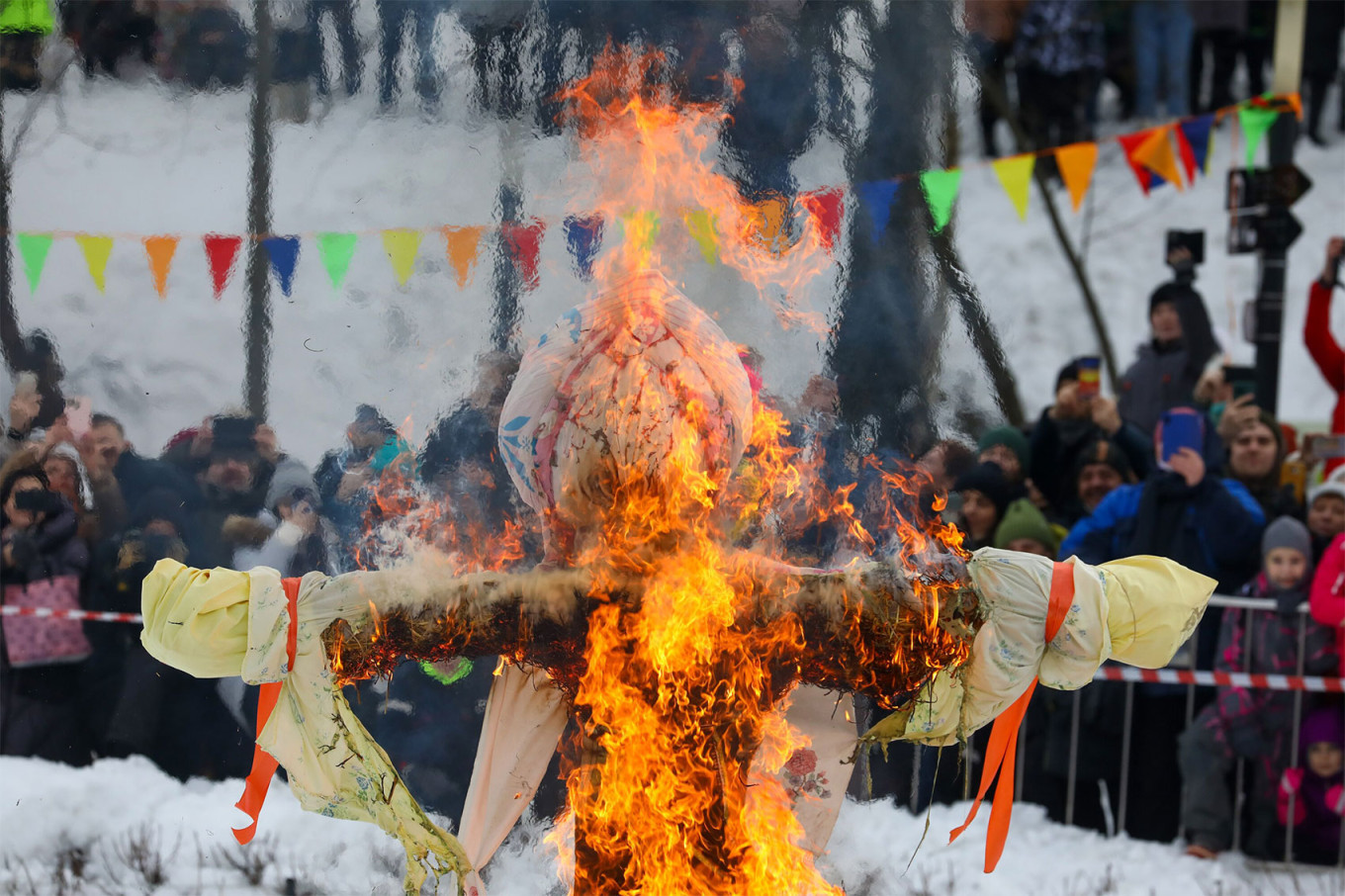
The burning of the straw Maslenitsa effigy at the VDNKh exhibition center in Moscow.
Sophia Sandurskaya / Moskva News Agency
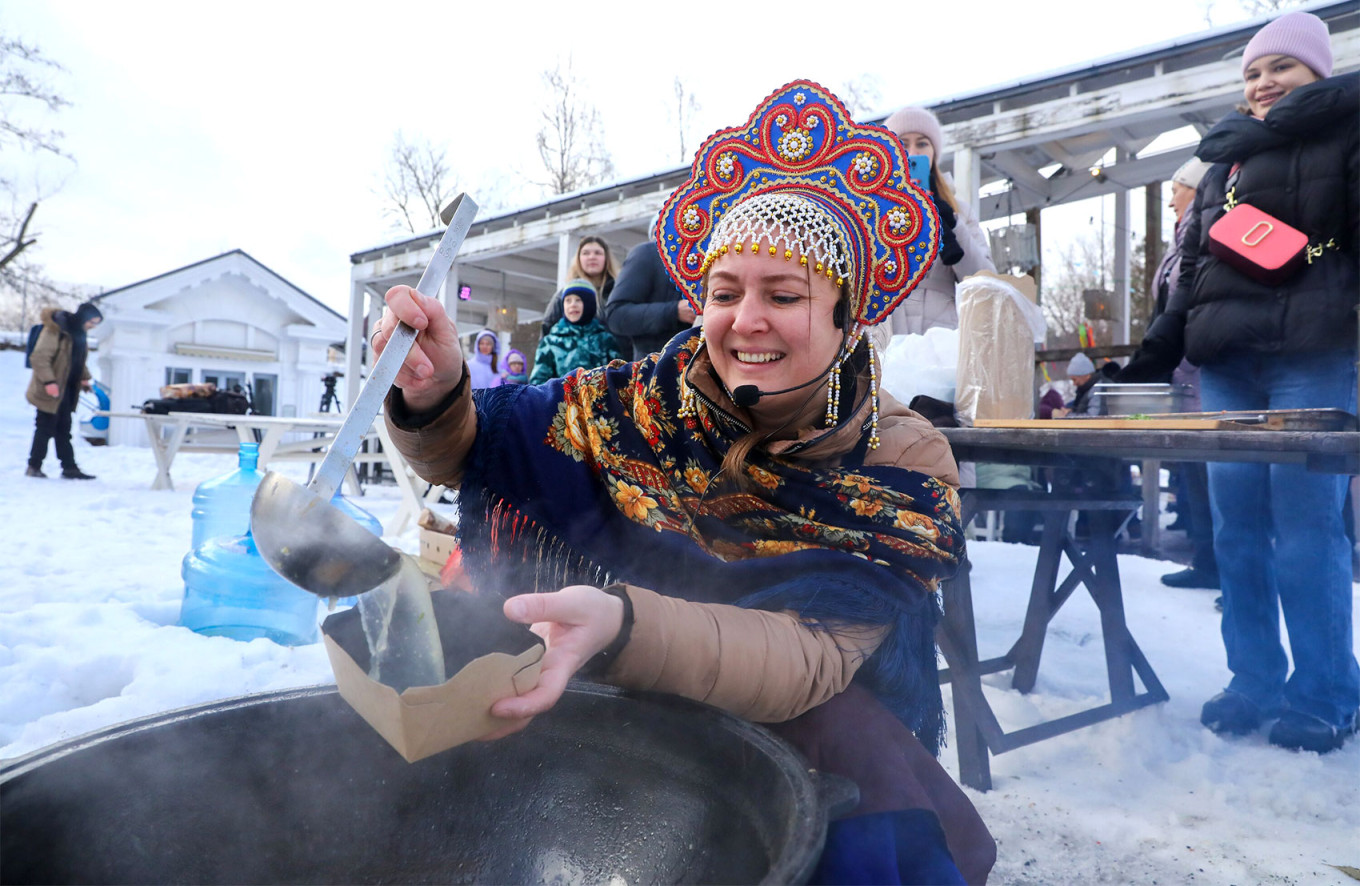
Doling out bowls of soup at VDNKh.
Meat-based meals are typically absent from Maslenitsa.
Meat-based meals are typically absent from Maslenitsa.
Sophia Sandurskaya / Moskva News Agency
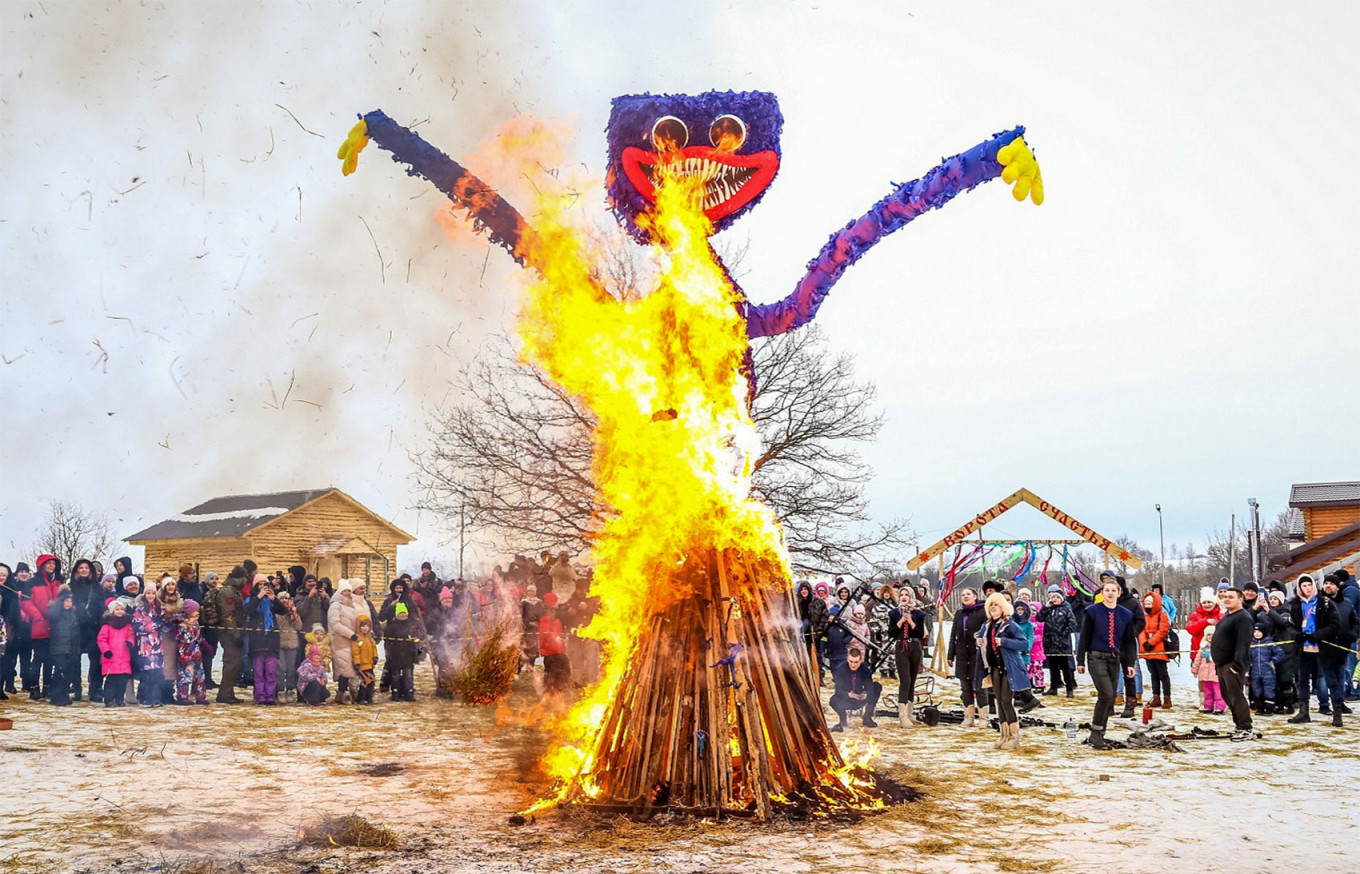
An effigy depicting Huggy Wuggy is burned at the Argamach Archaeological Park in the Lipetsk region.
Alexander Karasev / TASS
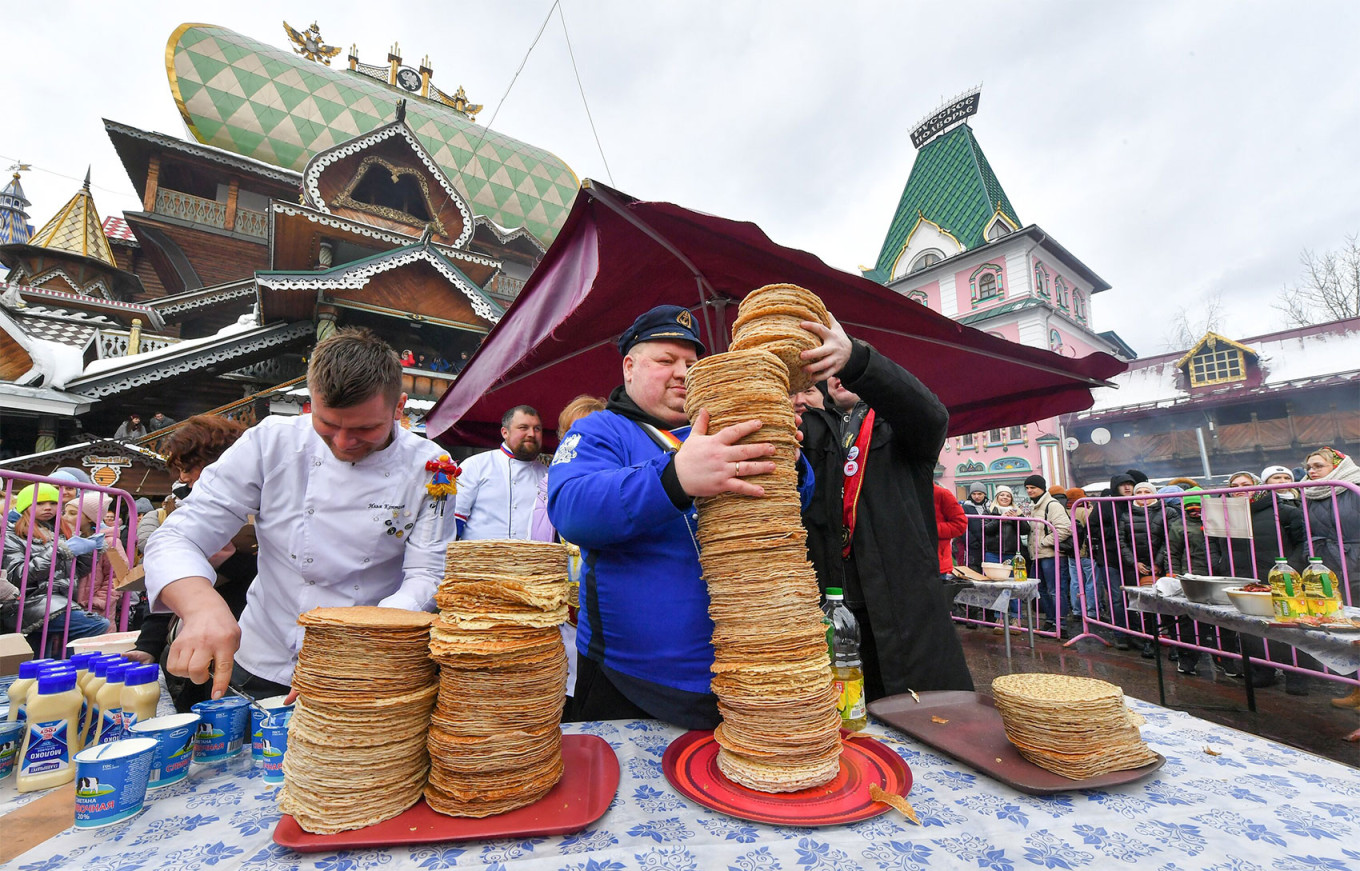
Preparing industrial quantities of blini at Moscow's Izmailovo Kremlin.
Sergei Kiselev / Moskva News Agency
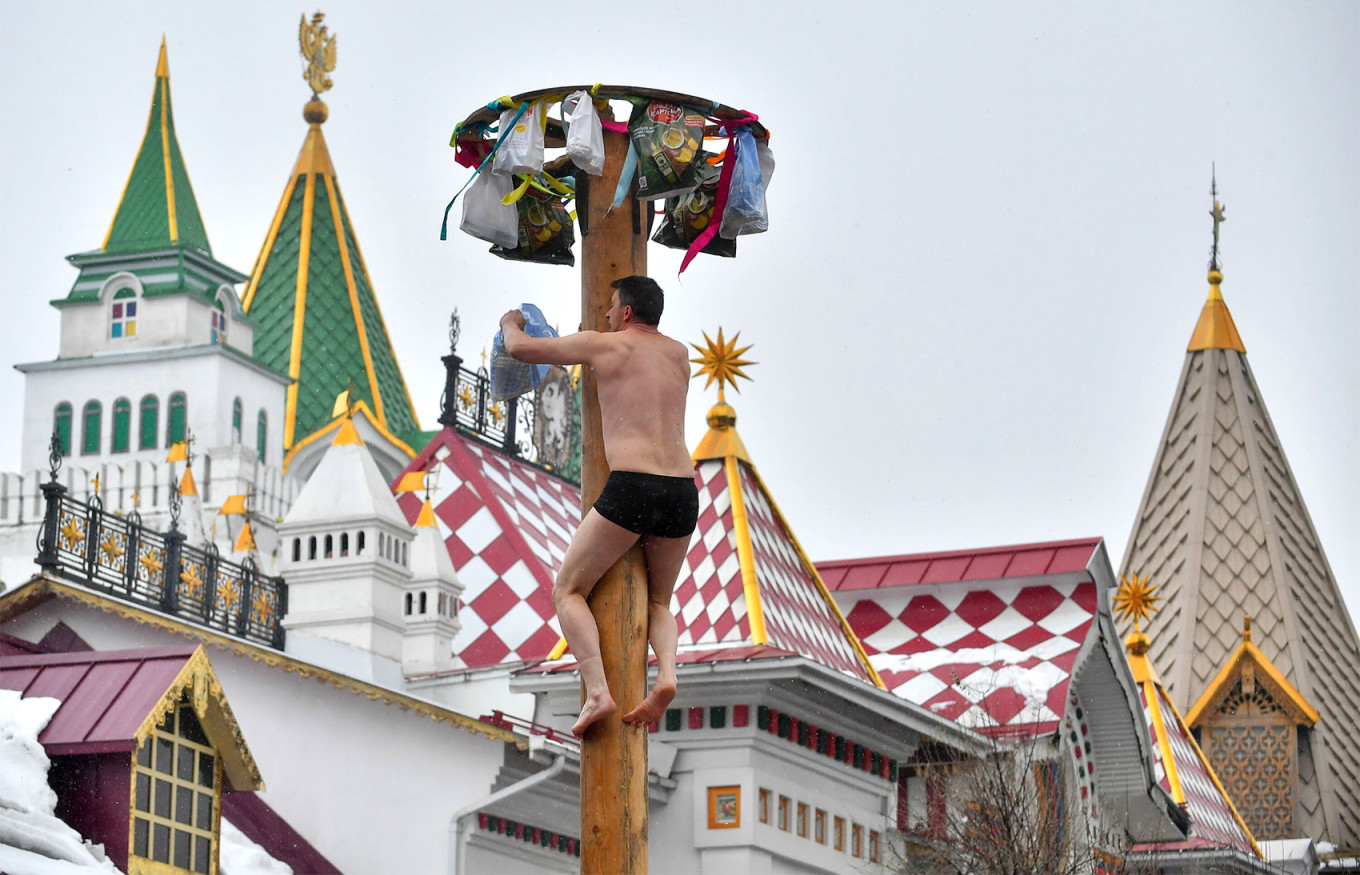
A man takes part in a pole-climbing contest at Izmailovo Kremlin.
Sergei Kiselev / Moskva News Agency
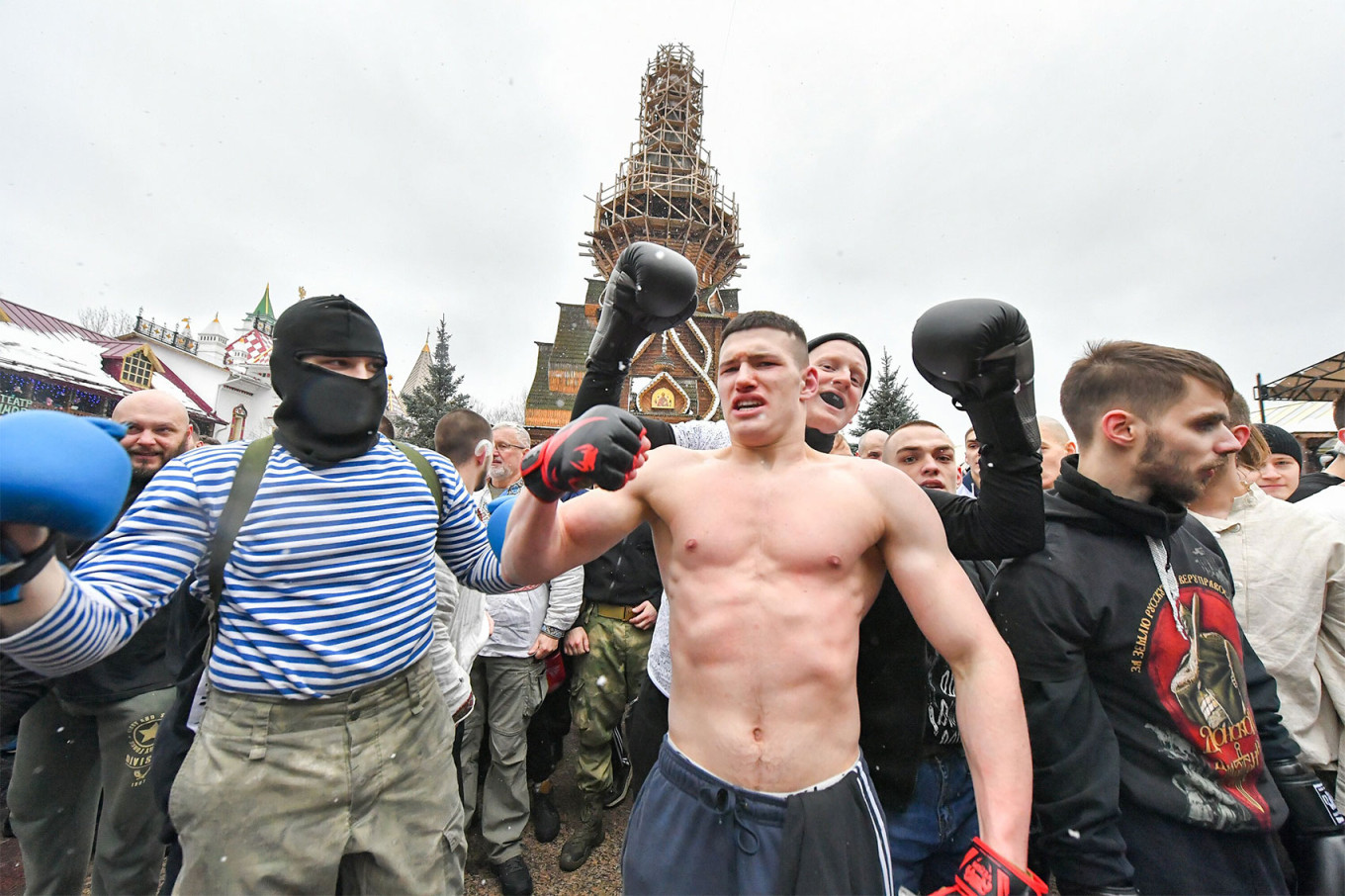
Russian boxing, a sport dating back to at least the 13th century, is another part of Maslenitsa week.
Sergei Kiselev / Moskva News Agency
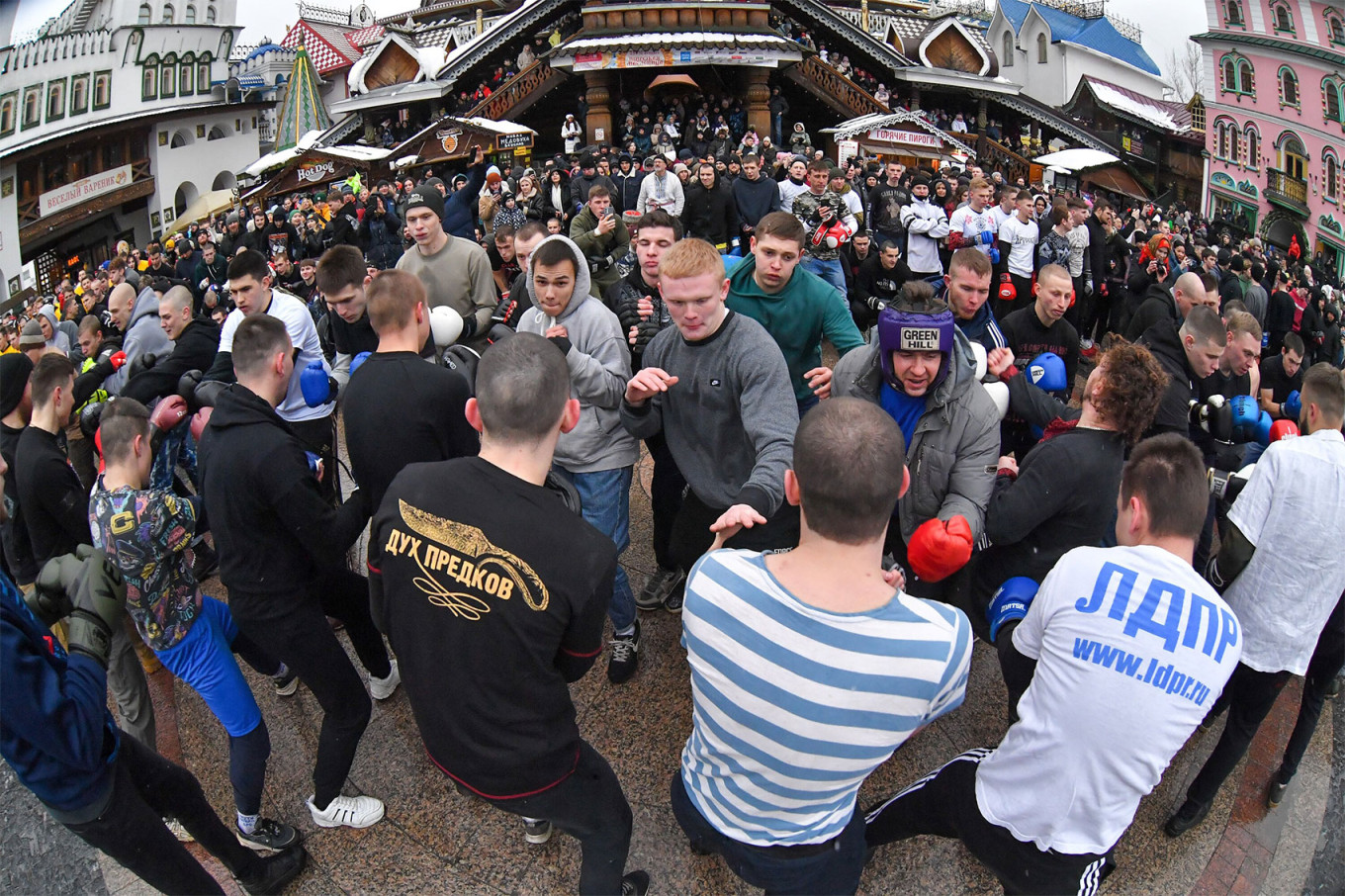
A Russian Boxing match involving two "walls" of boxers gets underway at Izmailovo Kremlin.
Sergei Kiselev / Moskva News Agency
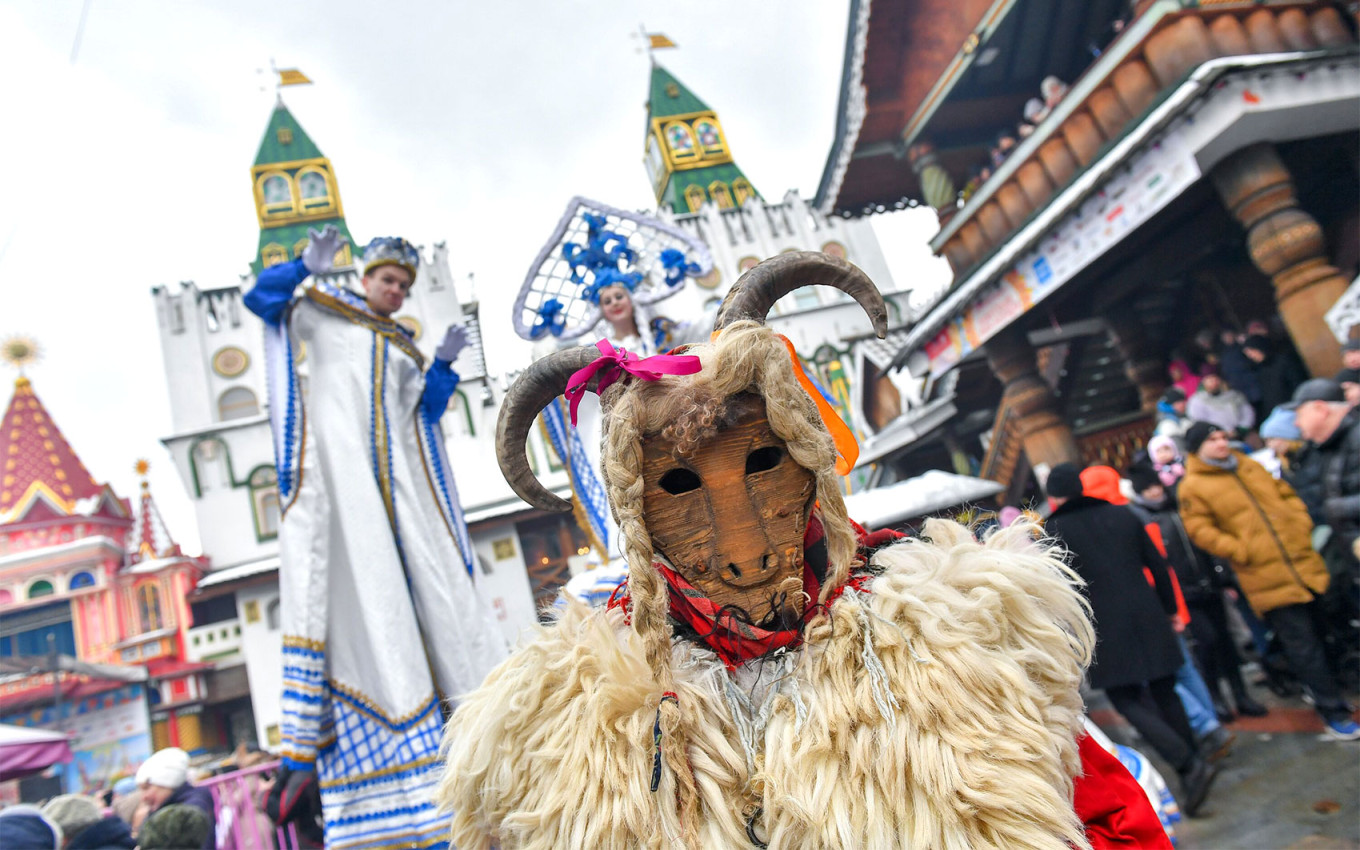
Wearing pagan-inspired costumes at Izmailovo Kremlin.
Sergei Kiselev / Moskva News Agency
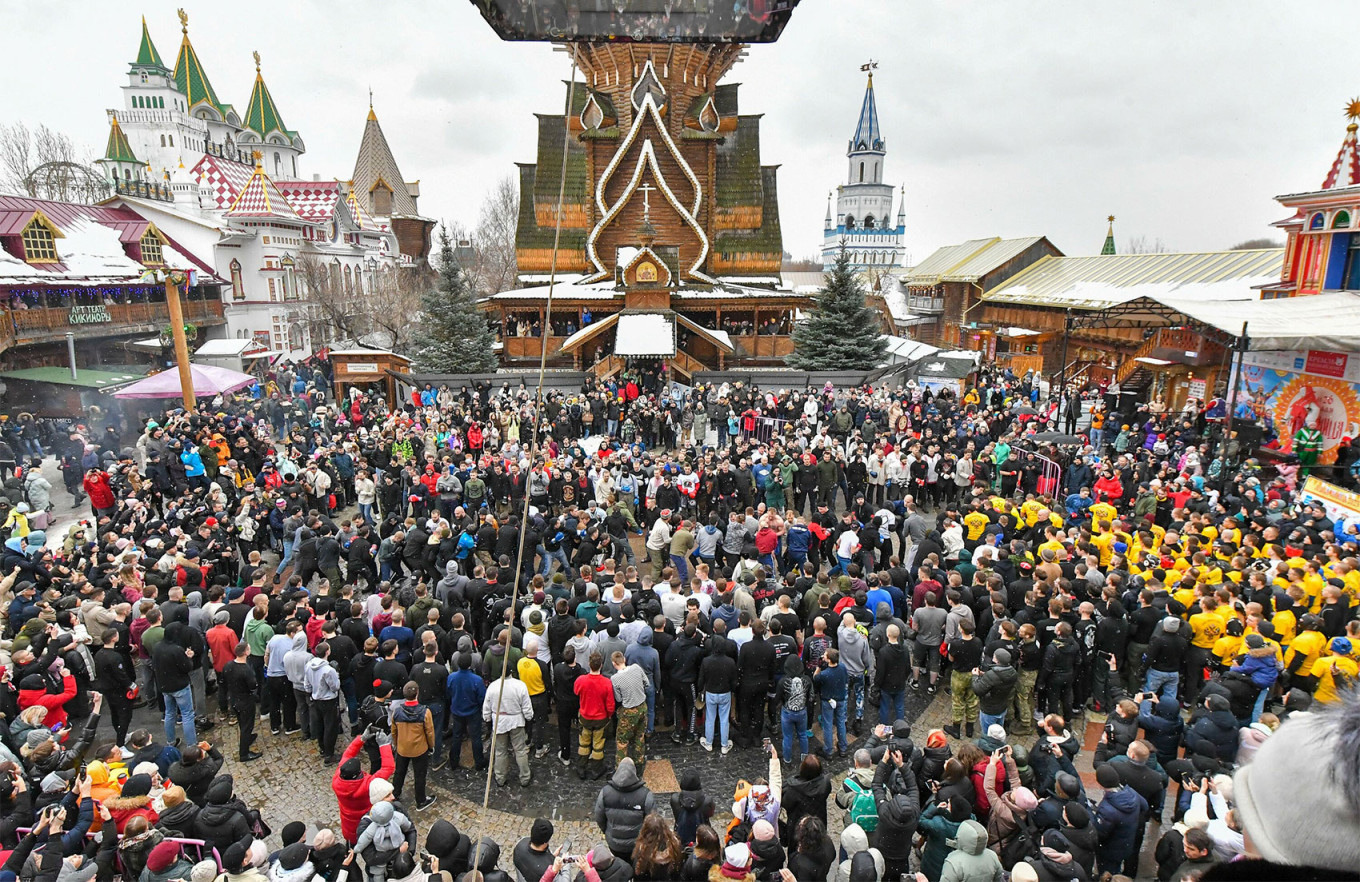
Spectators at Izmailovo Kremlin gather to watch the boxing match.
Sergei Kiselev / Moskva News Agency
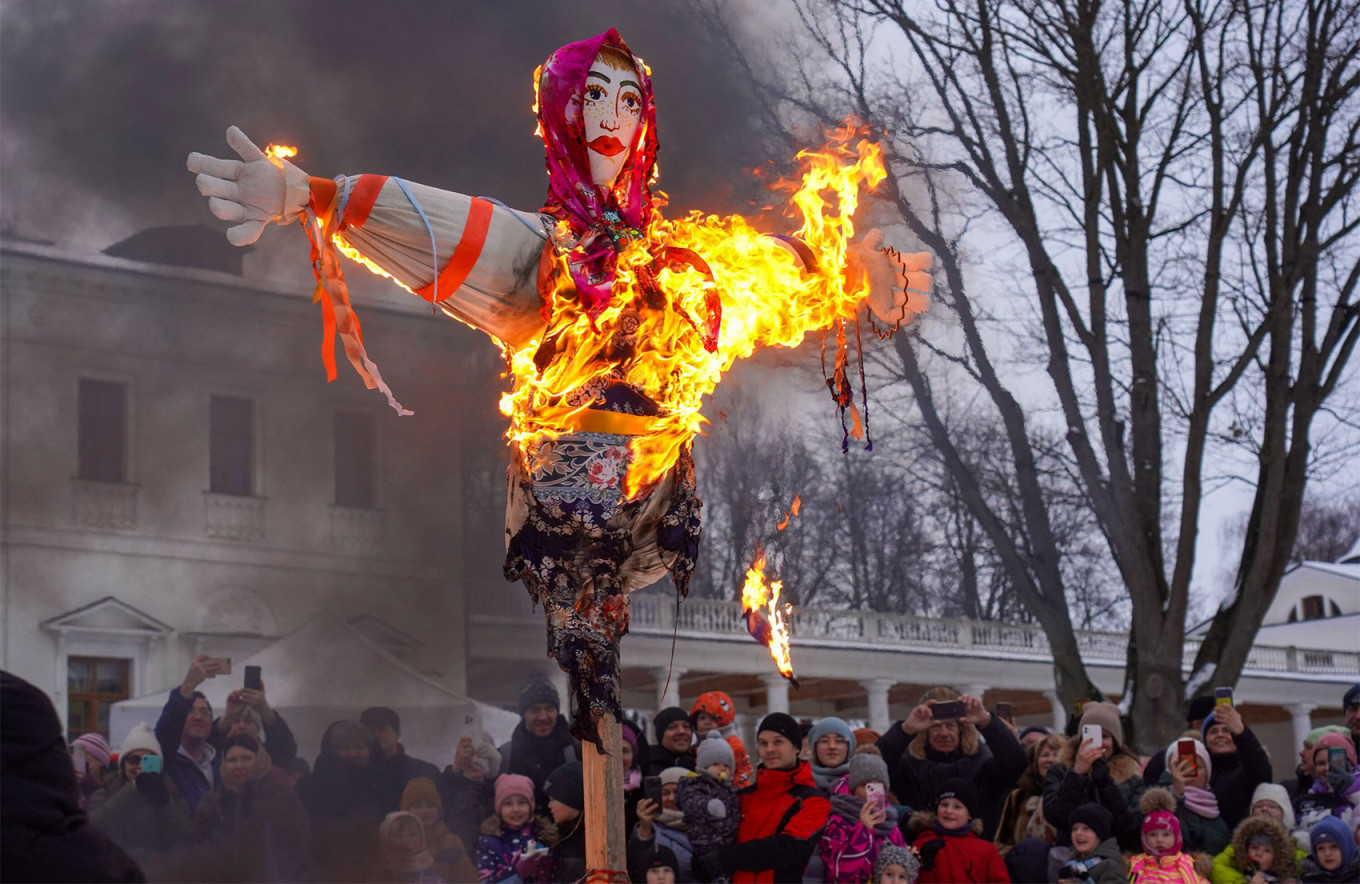
Burning the Maslenitsa effigy at the State Ostafyevo Museum Reserve in the Moscow region.
Alexander Avilov / Moskva News Agency
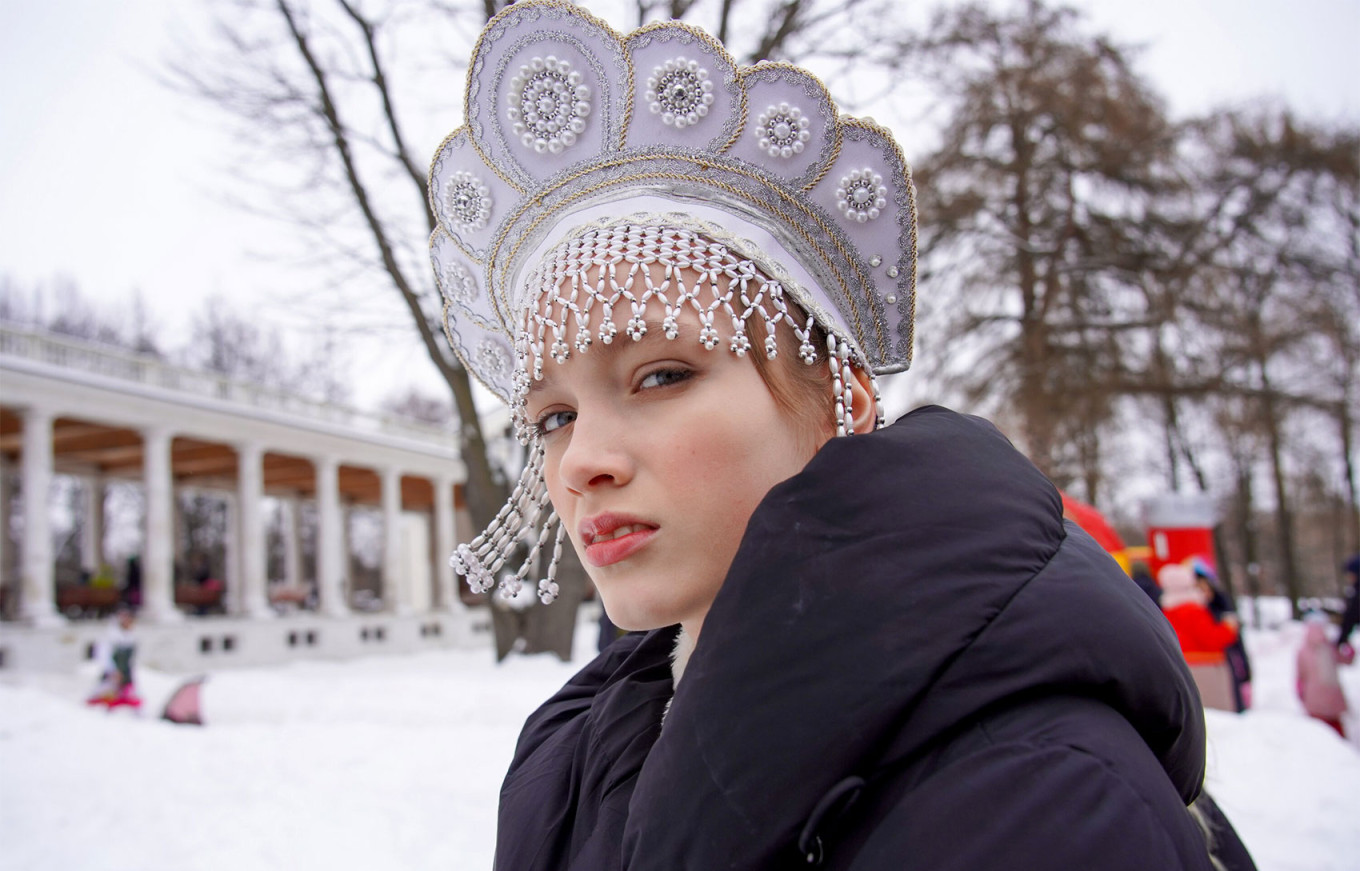
A girl wears a Russian kokoshnik headdress at the State Ostafyevo Museum Reserve.
Alexander Avilov / Moskva News Agency
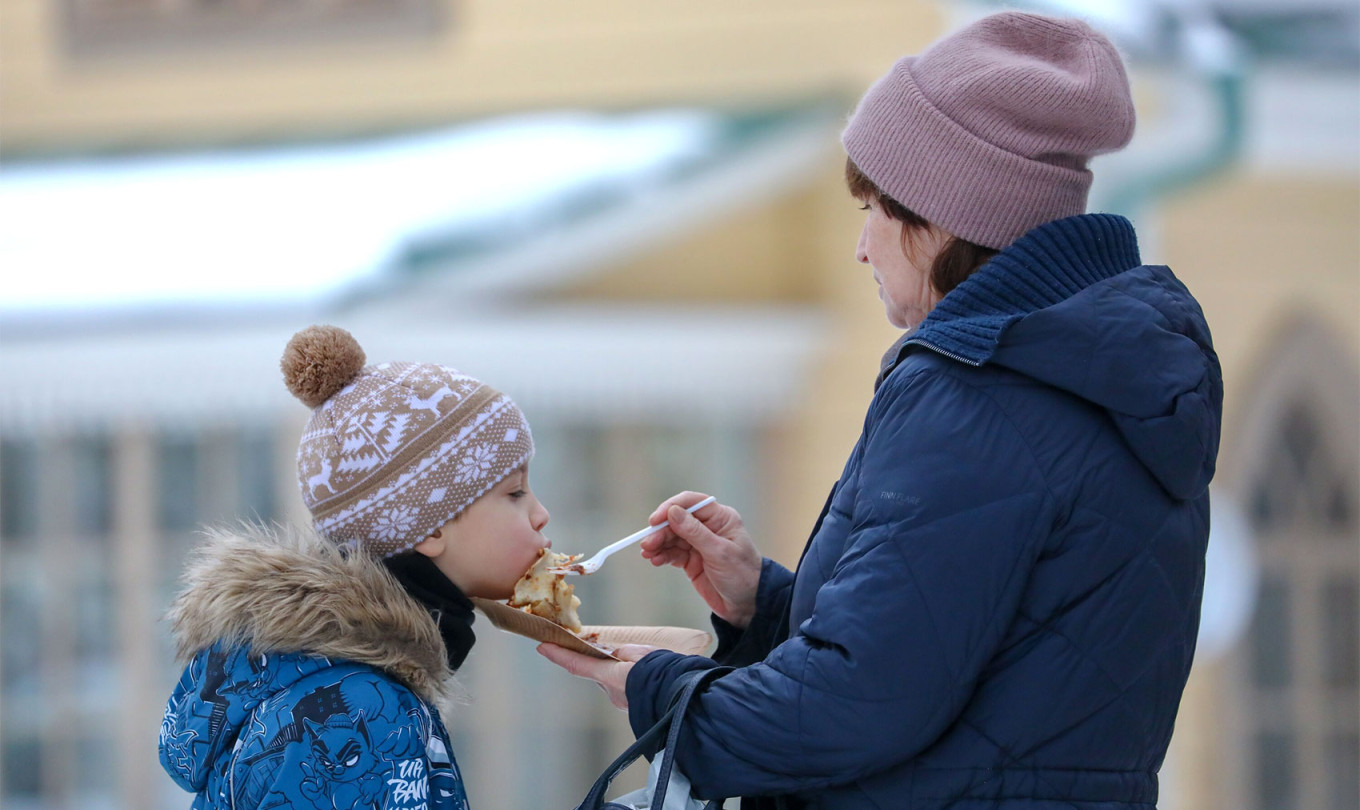
Snacking on blini at the Arkhangelskoye Estate Museum.
Sophia Sandurskaya / Moskva News Agency
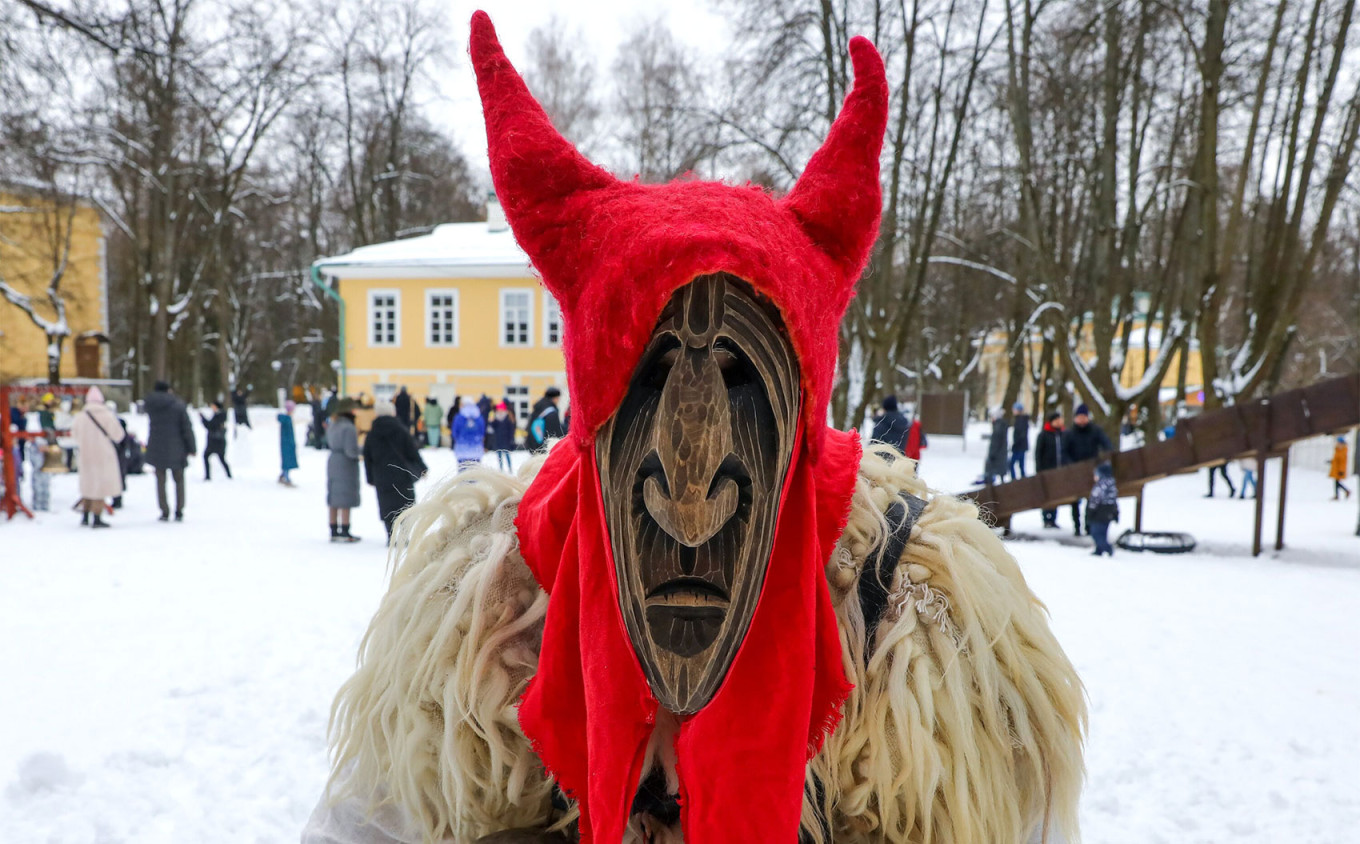
Donning pagan costumes at the Arkhangelskoye Estate Museum.
Sophia Sandurskaya / Moskva News Agency
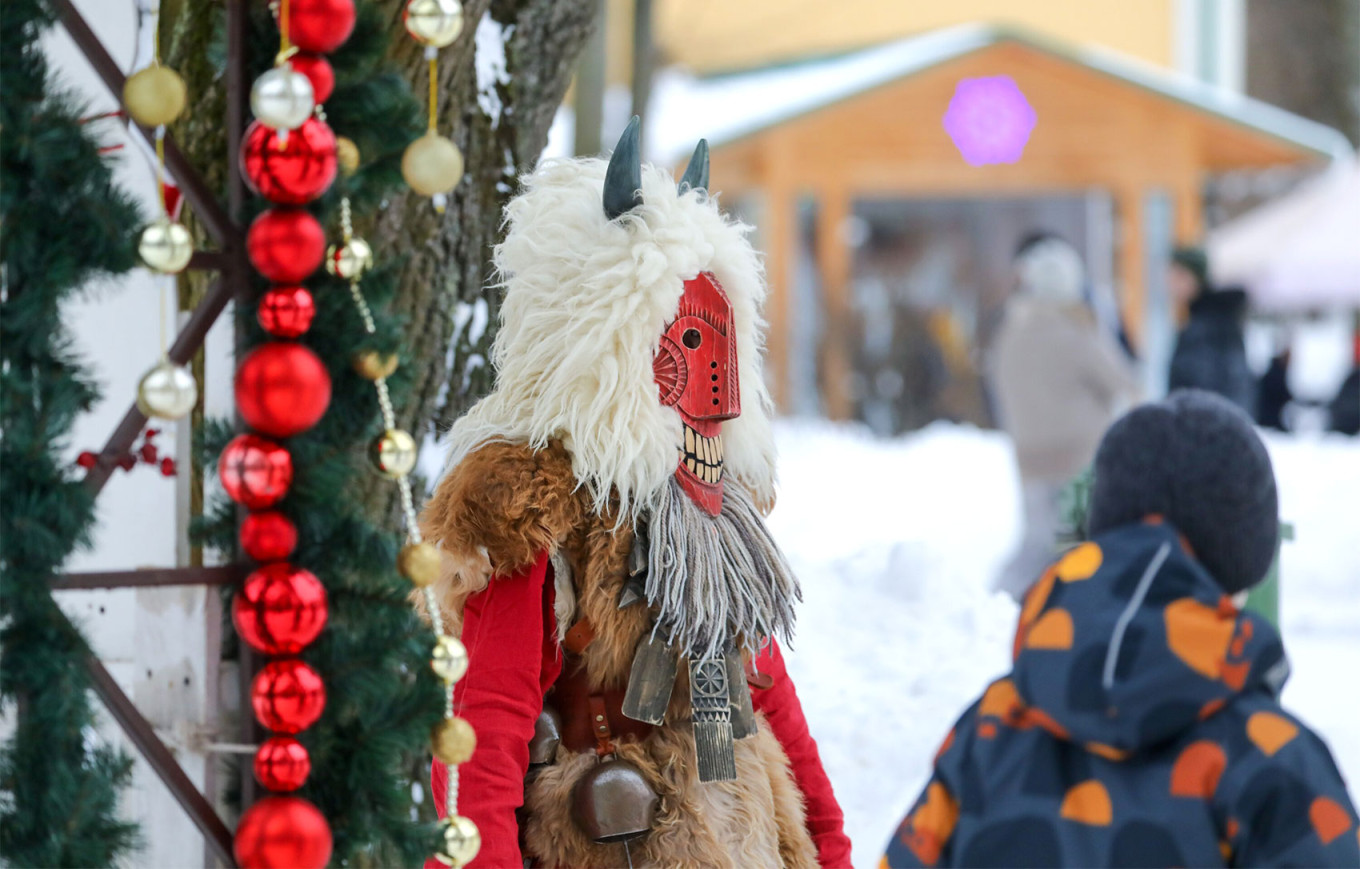
These costumes and masks draw from Slavic mythology.
Sophia Sandurskaya / Moskva News Agency
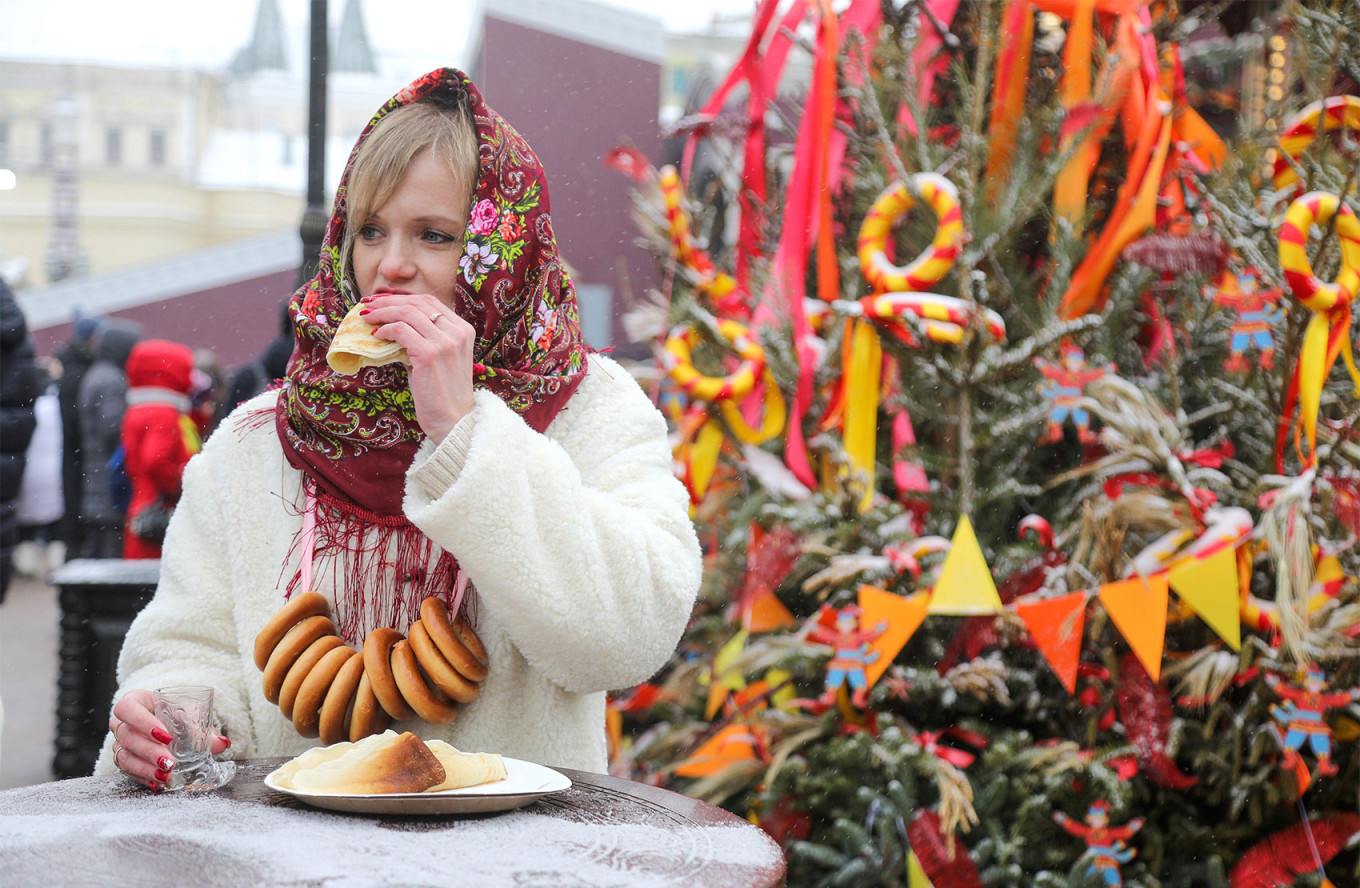
A festival-goer takes a blini break at Ploshchad Revolyutsii in central Moscow.
Arthur Novosiltsev / Moskva News Agency
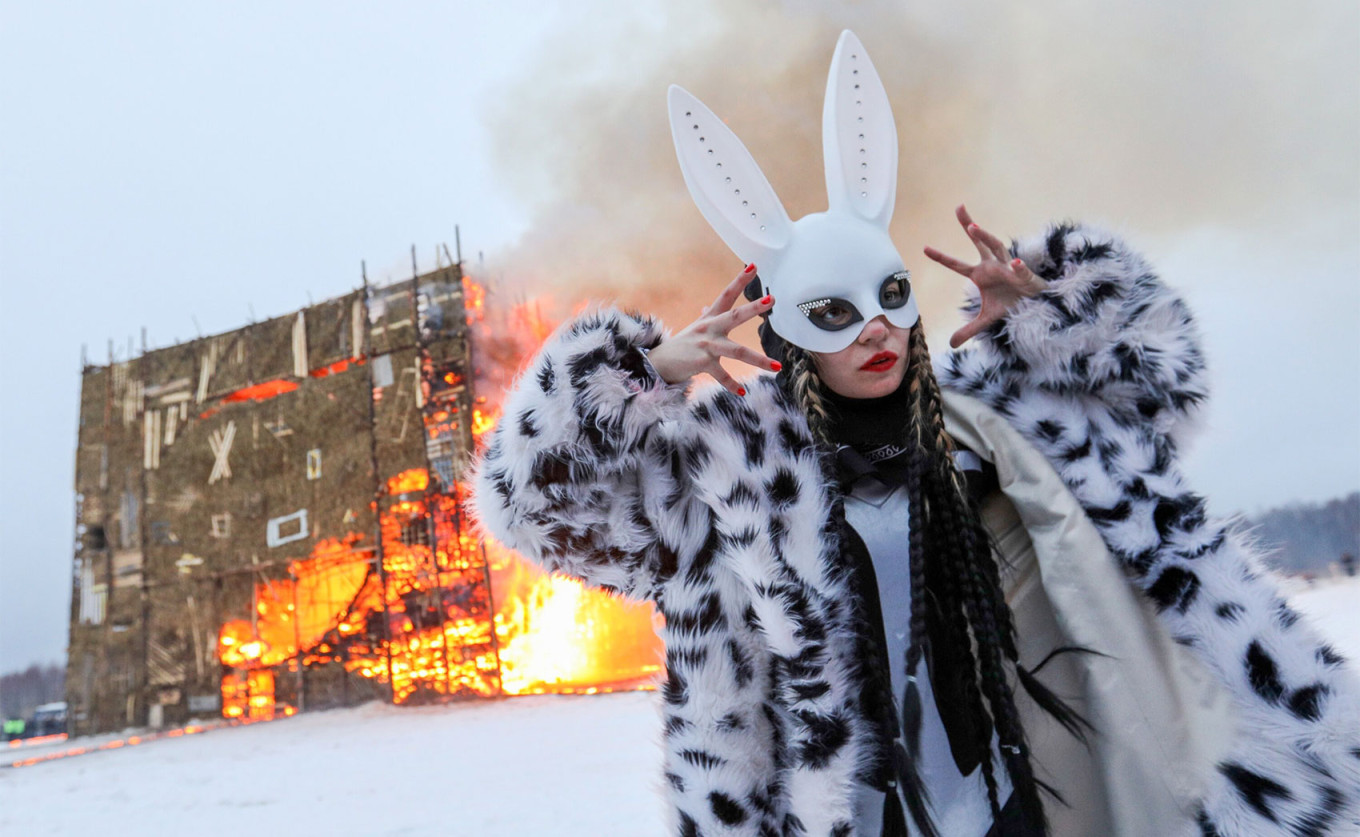
An art object is burned during the Maslenitsa at the Nikola-Lenivets art park in the Kaluga region.
Kirill Zykov / Moskva News Agency
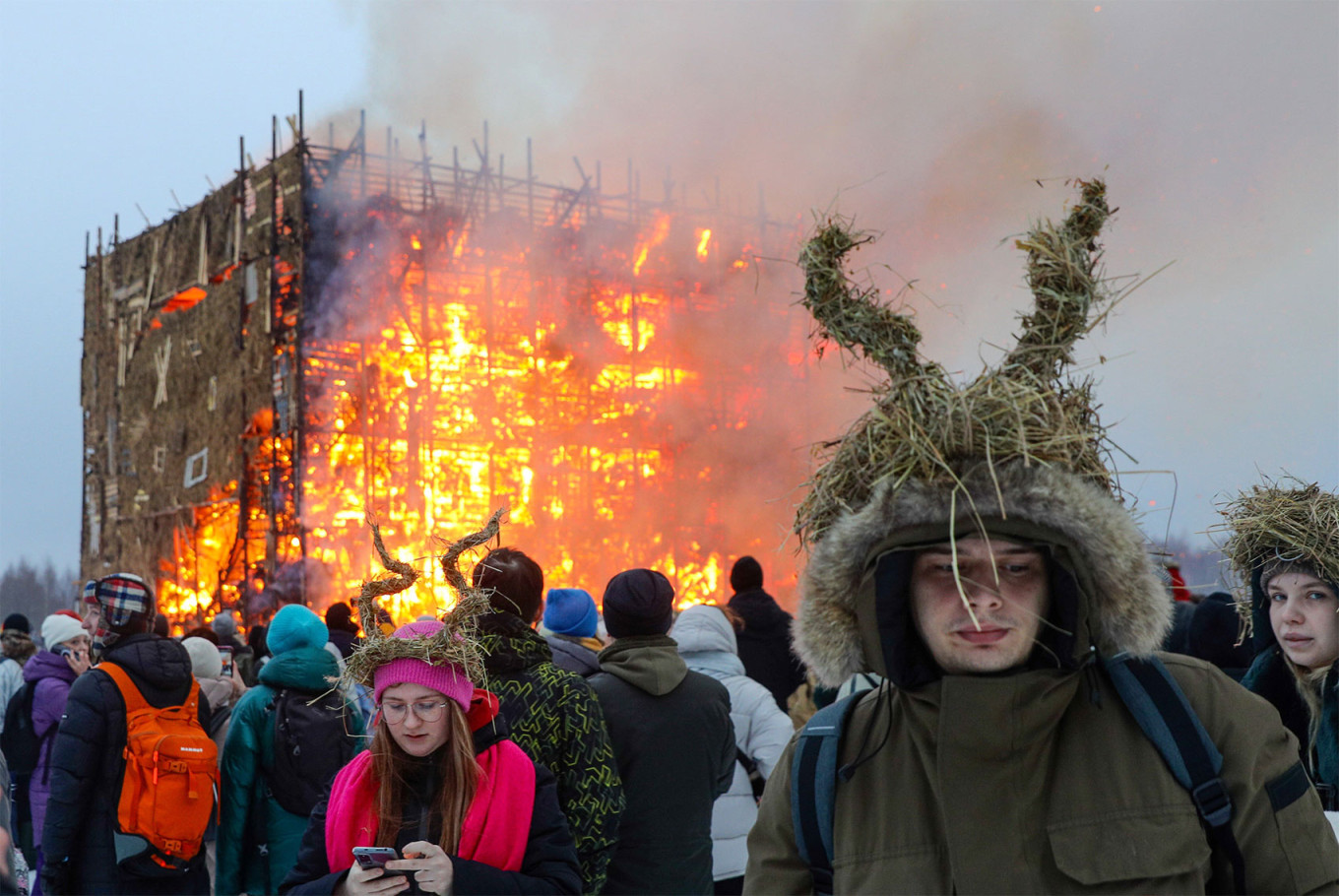
The Nikola-Lenivets park constructs a massive effigy for Maslenitsa, with each year's structures carrying a different theme.
This year's theme was "Enlightenment."
This year's theme was "Enlightenment."
Kirill Zykov / Moskva News Agency
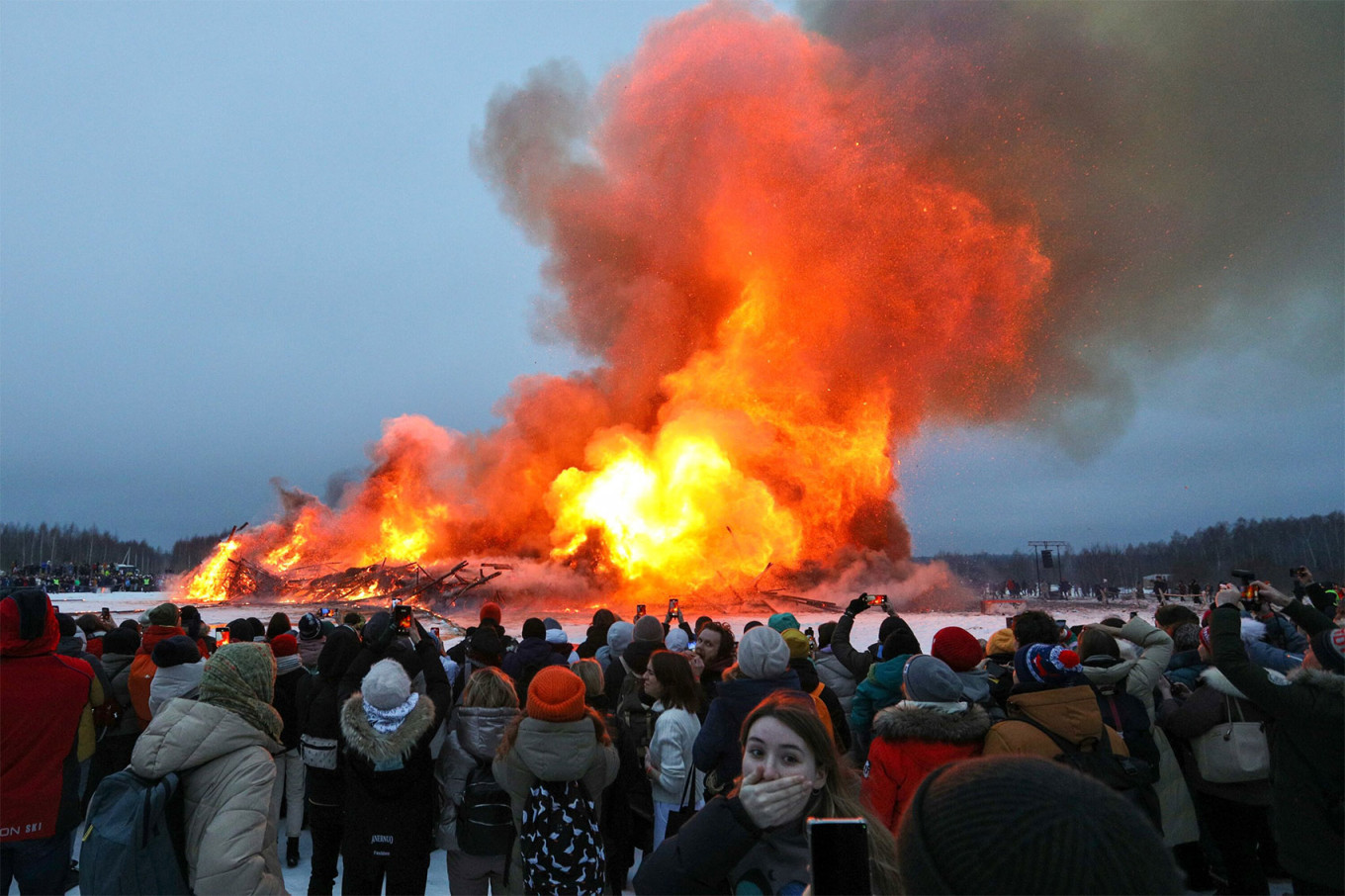
The 19-meter cube constructed at Nikola-Lenivets involved the work of 18 people for more than two months.
Kirill Zykov / Moskva News Agency


